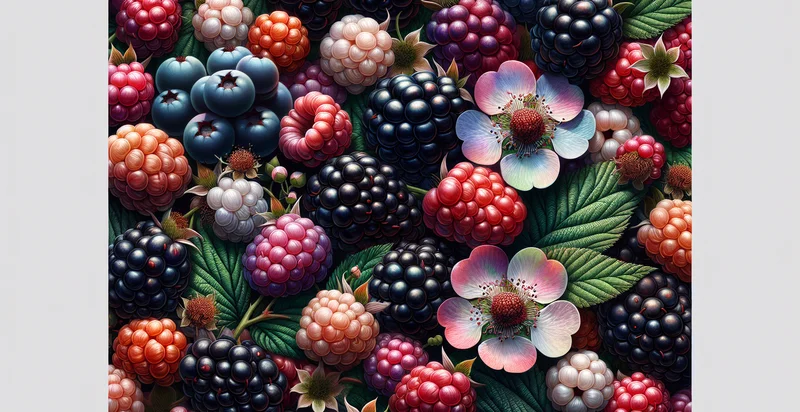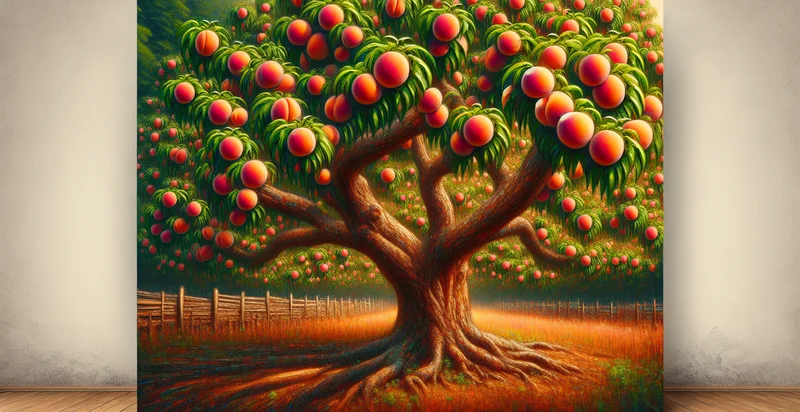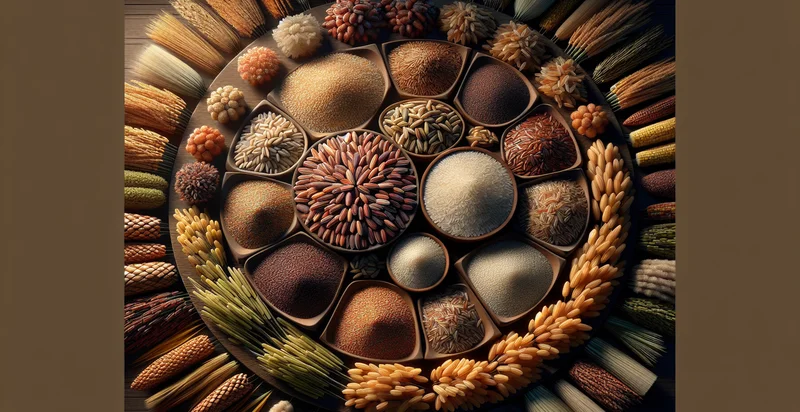Identify grapevine species
using AI
Below is a free classifier to identify grapevine species. Just upload your image, and our AI will predict what grapevine species it is - in just seconds.

Contact us for API access
Or, use Nyckel to build highly-accurate custom classifiers in just minutes. No PhD required.
Get started
import nyckel
credentials = nyckel.Credentials("YOUR_CLIENT_ID", "YOUR_CLIENT_SECRET")
nyckel.invoke("grapevine-species", "your_image_url", credentials)
fetch('https://www.nyckel.com/v1/functions/grapevine-species/invoke', {
method: 'POST',
headers: {
'Authorization': 'Bearer ' + 'YOUR_BEARER_TOKEN',
'Content-Type': 'application/json',
},
body: JSON.stringify(
{"data": "your_image_url"}
)
})
.then(response => response.json())
.then(data => console.log(data));
curl -X POST \
-H "Content-Type: application/json" \
-H "Authorization: Bearer YOUR_BEARER_TOKEN" \
-d '{"data": "your_image_url"}' \
https://www.nyckel.com/v1/functions/grapevine-species/invoke
How this classifier works
To start, upload your image. Our AI tool will then predict what grapevine species it is.
This pretrained image model uses a Nyckel-created dataset and has 27 labels, including Barbera, Cabernet Franc, Cabernet Sauvignon, Carignan, Carmenere, Chardonnay, Concord, Dolcetto, Fiano and Gewürztraminer.
We'll also show a confidence score (the higher the number, the more confident the AI model is around what grapevine species it is).
Whether you're just curious or building grapevine species detection into your application, we hope our classifier proves helpful.
Related Classifiers
Need to identify grapevine species at scale?
Get API or Zapier access to this classifier for free. It's perfect for:
- Vineyard Management: This function can help vineyard managers accurately classify grapevine species, allowing them to optimize their cultivation practices. By identifying species, they can tailor irrigation, fertilization, and pest management strategies to improve yield and quality.
- Wine Quality Assessment: Wine producers can utilize the grapevine species identifier to analyze the impact of specific grape varieties on wine quality. By correlating species data with tasting notes and chemical analysis, winemakers can refine their blends and target market preferences more effectively.
- Genetic Research: Researchers in botany or genetics can employ this function to assist in the classification of grapevine species during studies. Accurate identification supports biodiversity research and aids in developing disease-resistant varieties through cross-breeding efforts.
- Environmental Monitoring: Conservationists can use this image classification tool to monitor and report on grapevine species in different ecosystems. By tracking species distribution, they can assess the health of habitats and determine conservation needs.
- Educational Tools: Educational institutions can integrate this function into their curriculum to teach students about botany and viticulture. By using real-world images, students can gain hands-on experience identifying various grapevine species and understanding their significance in agriculture.
- Crop Insurance Assessment: Insurance companies can leverage the grapevine species identifier to assess claims related to crop damage. By determining the affected species, insurers can provide more accurate payouts and risk assessments based on species-specific vulnerabilities.
- Supply Chain Optimization: Distributors and retailers can utilize this function to verify the grapevine species of incoming shipments. By ensuring authenticity, they can maintain product integrity and enhance customer trust in wine labeling and provenance claims.


